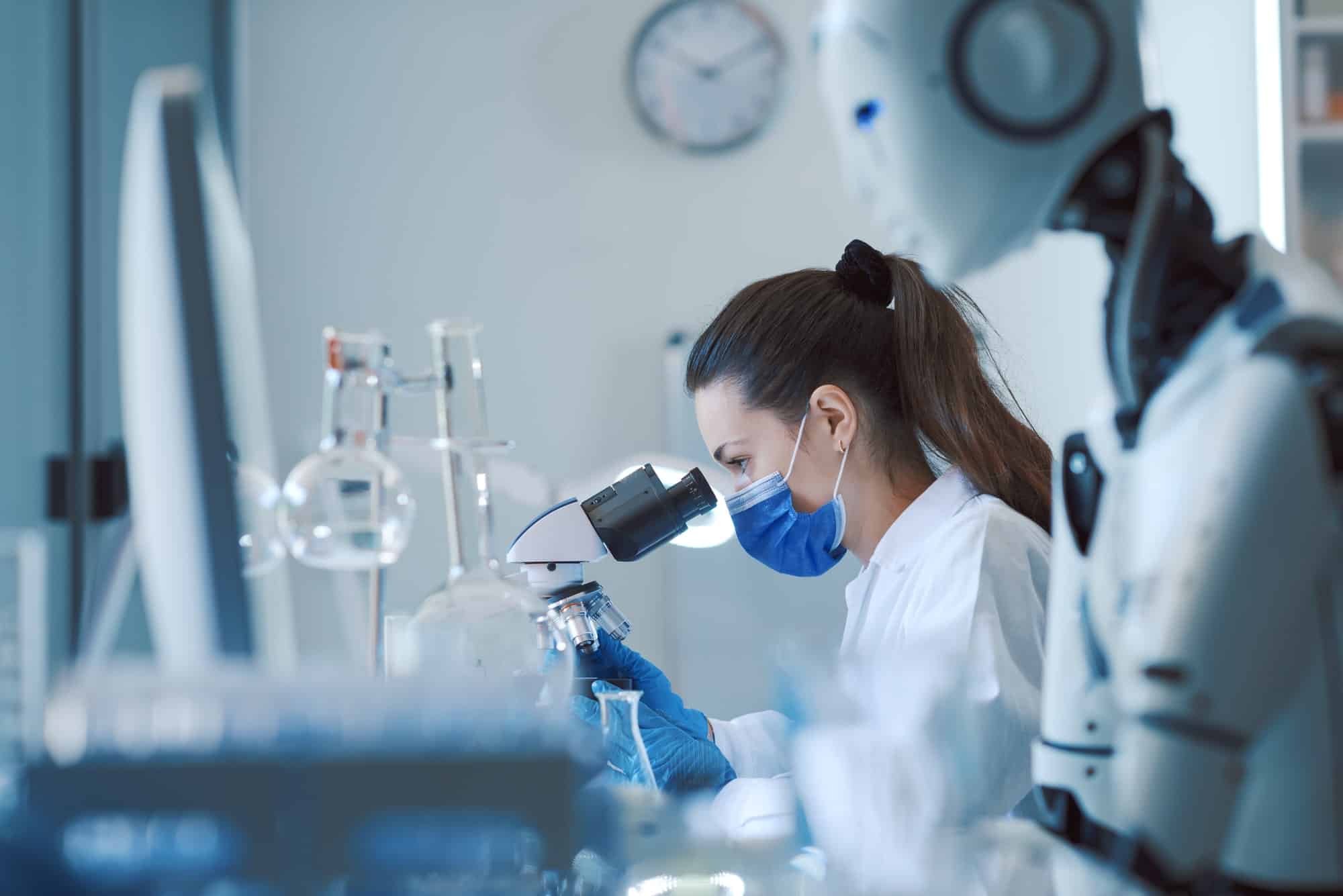What’s the Role of AI in Customizing Prosthetic Limbs for Improved Mobility?

A new era of prosthetic technology is unfolding before us, with artificial intelligence (AI) playing a significant role. The development and application of AI in the design and control of prosthetic limbs are dramatically changing mobility potential for users. In this article, you’ll take a deep dive into the world of AI-infused prosthetics, exploring how this technology is revolutionizing the field of rehabilitation medicine.
The Evolution of Prosthetics Design
Prosthetics have been around for centuries, assisting those who have lost a limb in maintaining functional independence. However, these devices have seen remarkable developments in recent decades, particularly with the advent of AI.
A lire aussi : How Is AI Enabling Bespoke E-Learning Experiences for Adult Education?
Traditional prosthetics focused on replicating the appearance of a missing limb, often with limited functional control. The user-adjusted prosthetics manually, leading to discomfort and inefficient movement. The onset of AI has been a game changer within the prosthetics industry, moving from simple body-powered devices to myoelectric prosthetics that use electrical signals from the user’s muscles to control the artificial limb.
AI: The Game-Changer in Prosthetics
AI has revolutionized how prosthetics are designed and controlled, providing users with a seamless, intuitive experience. The application of AI in prosthetics involves the use of neural networks to interpret the user’s intent and translate it into fluid movement.
A lire aussi : How Is Facial Recognition Tech Being Adapted for Secure Mobile Payments?
These neural networks rely on machine learning algorithms to interpret data collected from the user and their environment. For example, sensors embedded within the prosthetic limb can collect data on the user’s muscle movement, which is then processed by the AI to control the limb.
Importantly, these AI systems are capable of learning and adapting to the user’s unique patterns of movement. This learning capability allows the device to become more efficient and responsive over time, providing a highly personalized fit that is tailored to the user’s individual needs and lifestyle.
The User’s Role in Prosthetics Development
As significant as the technological advances are, user input remains crucial in the development of AI-controlled prosthetics. After all, these devices are designed to be an extension of the user’s body, and therefore need to be able to respond intuitively to their commands.
User feedback is essential in the design and evaluation of new devices. Through trials and usability testing, developers can gather valuable data on the performance of the prosthetic, identifying areas of improvement.
Furthermore, continuous user feedback allows the AI to learn and adapt to the user’s patterns of movement, contributing to the development of a truly personalized prosthetic. In this way, users play a key role in shaping the development and refinement of AI-controlled prosthetics.
The Future of AI in Prosthetic Technology
The development of AI-controlled prosthetics is far from over. As technology continues to advance, so too does the potential for improved mobility and independence for prosthetics users.
Future developments could include real-time adaptation to environmental changes, such as adjusting the prosthetic’s grip when the user transitions from walking on a flat surface to climbing stairs. Furthermore, the use of AI could extend to predictive capabilities, with the prosthetic limb anticipating the user’s next movement based on past data.
Moreover, the future may hold prosthetic limbs that can transmit sensory data back to the user, offering the potential for feeling and touch. Such advancements would represent a significant breakthrough in the field of prosthetic technology, providing users with an experience that is closer than ever to having a natural limb.
While these developments may seem like science fiction, they are well within the realm of possibility given the rapid advancements in AI technology. Thus, the future of prosthetic technology is exciting, filled with endless possibilities for improved mobility and quality of life for users.
Remember, the key to these advancements lies in the intersection of technological innovation and user feedback. Through this synergy, we can look forward to a future where prosthetic limbs are not just functional replacements, but intuitive extensions of the human body.
The Role of AI in Sensory Feedback
One of the most significant developments in prosthetic technology is the inclusion of sensory feedback capabilities. Sensory feedback refers to the ability of the prosthetic limb to relay sensory information back to the user, providing a richer, more intuitive user experience. The integration of AI and machine learning in this aspect has amplified the possibilities and efficiencies of achieving this feat.
In this context, artificial neural networks are used to process data from sensors embedded in the prosthetic limb. These sensors can collect data on various elements, such as temperature, pressure, and texture, which the AI system can interpret and relay back to the user. This capability could potentially provide users with the sensation of touch, temperature, and even pain, aspects that are currently missing in traditional prosthetics.
According to studies published on Google Scholar, this kind of sensory feedback can significantly improve the user’s control over the prosthetic limb and increase their overall satisfaction and quality of life. For instance, a user with a prosthetic hand could gauge the firmness of their grip on an object, preventing potential damage due to excessive force.
Moreover, the introduction of real-time feedback systems has proven beneficial for both the user and the machine learning algorithms. This real-time feedback allows the AI system to make instant adjustments based on the data it receives, facilitating better control of the prosthetic limb and a more realistic user experience.
AI in Advanced Pattern Recognition for Prosthetic Control
Pattern recognition is another crucial area where AI plays a pivotal role within prosthetic technology. Through machine learning, the AI system can recognize and learn specific patterns of movement unique to the user, contributing to a more personalized and efficient control of the prosthetic limb.
This pattern recognition comes into play particularly with upper limb prosthetics, where the range of motion and functionality required is considerably high. For example, a prosthetic hand needs to be capable of performing numerous complex tasks such as gripping, pinching, and even typing.
Through the use of AI and pattern recognition, the prosthetic device can learn and adapt to the user’s unique style of movement, making these tasks more straightforward and intuitive. Again, user feedback plays a crucial role here, providing the AI with valuable data to learn from and adapt to.
The use of AI also allows for real-time adjustments based on the user’s movement patterns, environmental changes, and user commands. This capability results in a dynamic, responsive prosthetic limb that can seamlessly integrate into the user’s lifestyle, enhancing their mobility and improving their quality of life.
Conclusion
The integration of artificial intelligence in prosthetic devices marks a significant milestone in the evolution of prosthetic technology. Through AI and machine learning, prosthetic limbs are no longer just functional replacements but are evolving into intelligent devices that can learn, adapt, and respond in real-time to the user’s needs.
The potential of AI in prosthetics extends beyond improved mobility, venturing into the realm of sensory feedback and advanced pattern recognition. These developments aim to provide users with a natural, intuitive user experience, that closely mirrors the functionality of a natural limb.
However, as we move forward into this exciting new era of prosthetic technology, it’s vital to remember the crucial role of user feedback in shaping these developments. The future of AI in prosthetics lies in the successful synergy of technology and human input, a partnership that promises to revolutionize the field, and dramatically improve the quality of life for users across the globe. As we stand on the threshold of these advancements today, it is not just about envisioning the future, but actively creating it.
